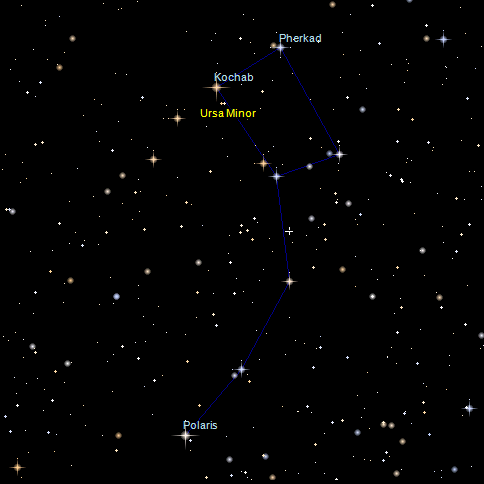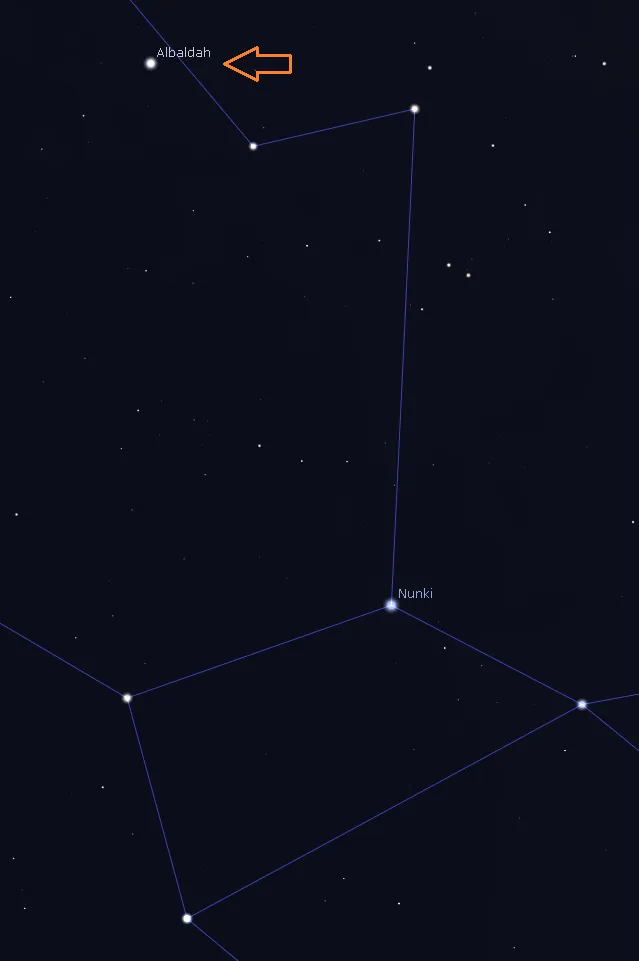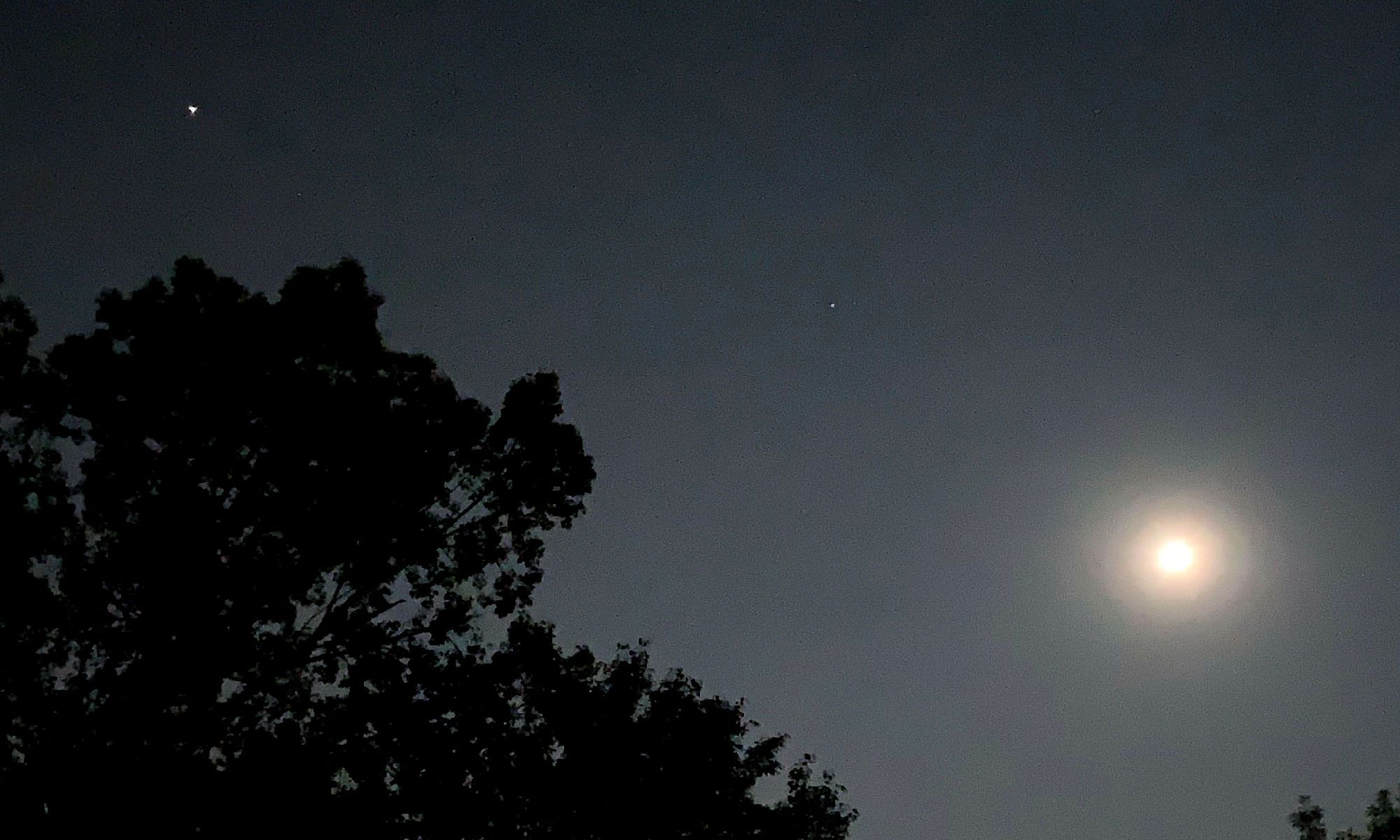One of my most obvious “misses” in observing the sky this past year has been The Little Dipper, a.k.a. Ursa Minor. Whenever I say to myself I will focus on it on clear nights, I get distracted by some other, more interesting part of sky.
Why is The Little Dipper so hard to find? I think it’s a combination of factors:
- Since most of its stars are well above 2 magnitude, the excessive light polution in my area masks most of it
- Difficult to judge its size relative to The Big Dipper, which is very bright
- Finding Polaris is an easy nightly win that usually does not go much further
- Generally boring part of the sky, party due to light pollution – Zenith and towards South are far more interesting (think Orion and planets)
I frequently spot Polaris, which at least is a good start. My difficulty starts in that the rest of that area of sky appears blank, especially right after nightfall.
Reviewing the constellation and the brightness of each star, I now have a strategy to find it:
- Wait for a clear sky with no or little Moon
- Wait until the sky is sufficiently dark for the evening
- Locate Polaris, which is always easy
- Next, and here is the key, is to determine the approximate location of The Little Dipper’s next brightest star, Kochab. It is supposed to be only slightly less bright than Polaris. My guess, now that I think about it, is that I simply miss or ignore Kochab.
Since Polaris and The Little Dipper are effectively at the center of our cosmic wheel, it should just be a matter of gauging which position on the “clock” Kochab is to Polaris. And for added perspective, I need to study the relative size differences of the two dippers, and use it as a marker as well in finding Kochab. In hindsight, I think one of my bad assumptions is that Ursa Minor is far smaller than it really is.
So once I have Polaris coupled with Kochab, I can use either my telescopes of binoculars to trace out the rest of the constellation. We’ll see how this strategy works on my next clear, dark night!





